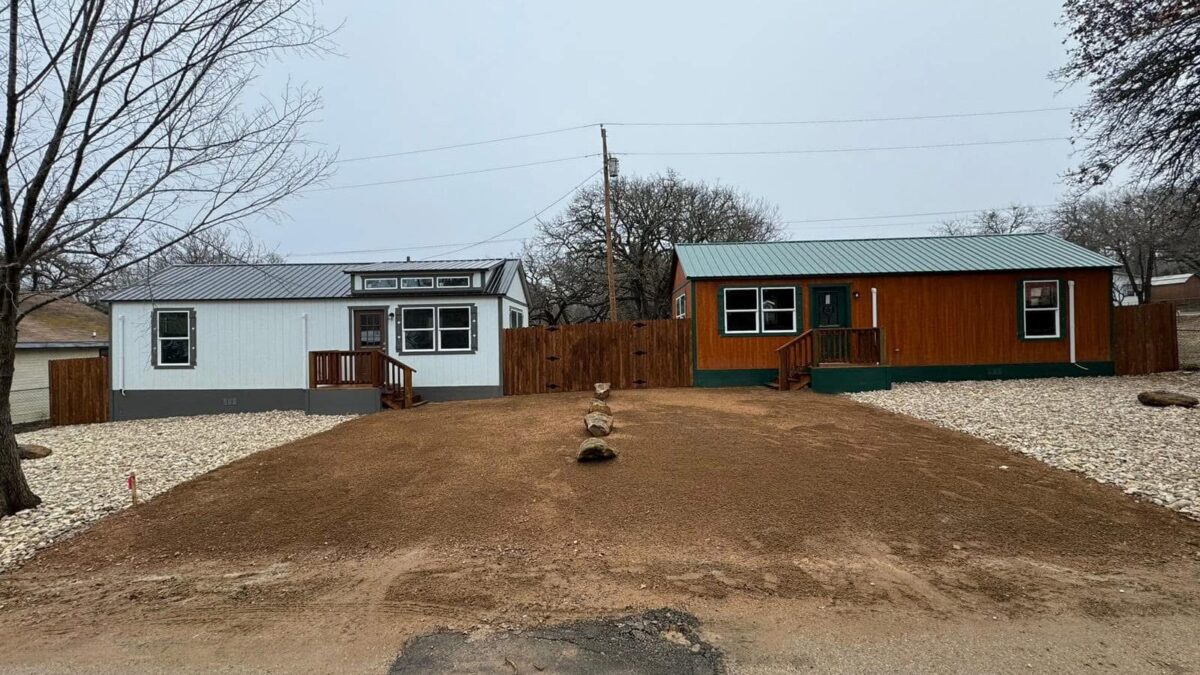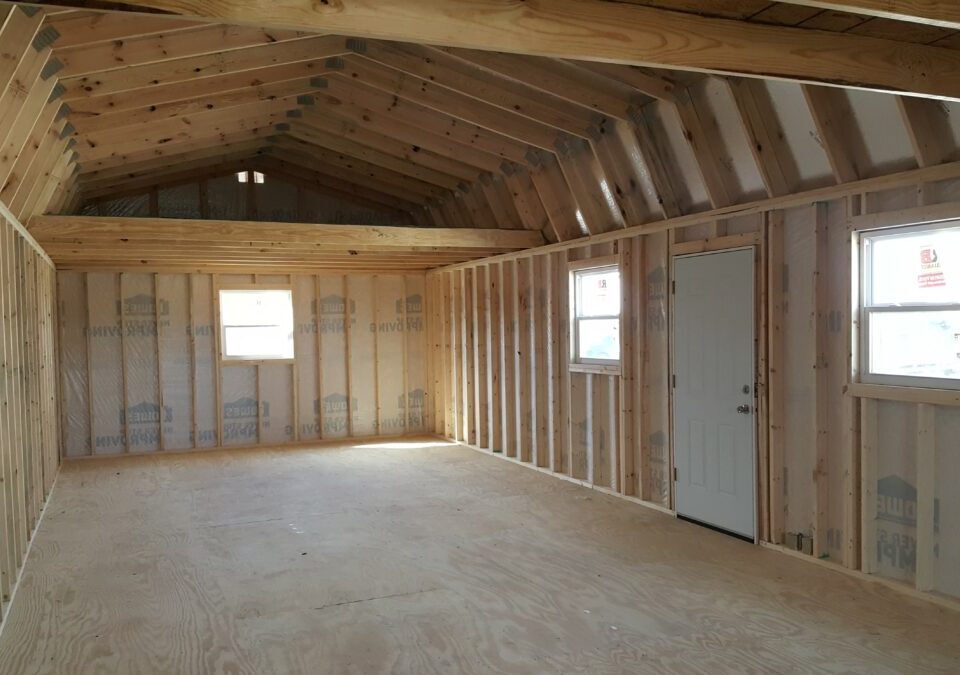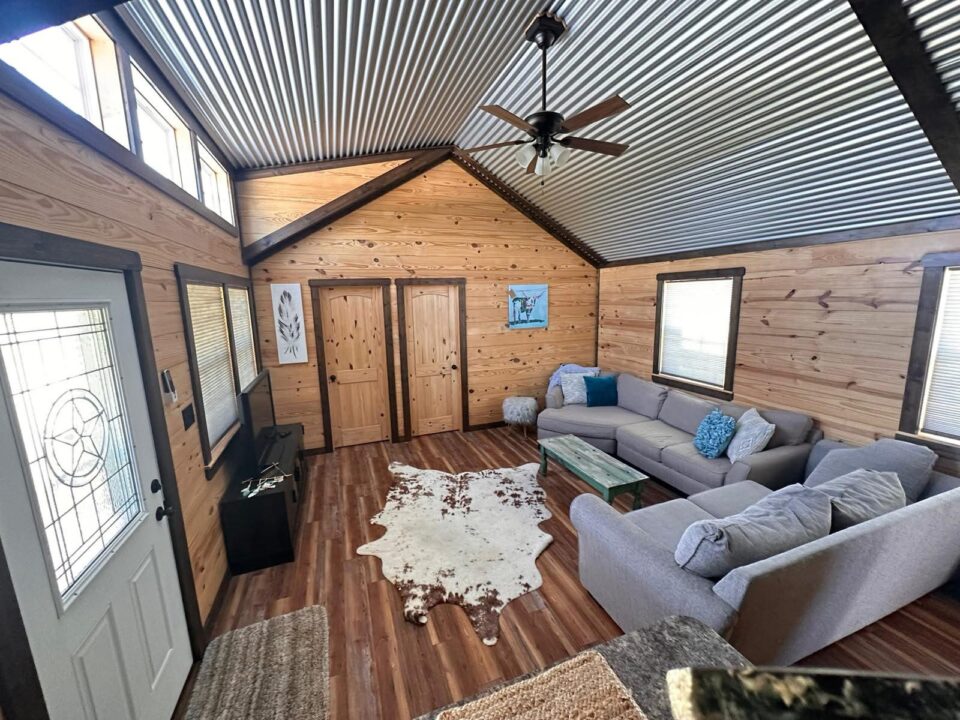
Pier and Beam Homes: A Lasting Housing Solution
August 20, 2025
Tiny Home Financing: What Lenders Want to See
August 22, 2025How to Prepare Land for a Tiny Home or Cabin
Before you can move into your tiny home or cabin, the land has to be ready. Many first-time buyers don’t realize that preparing land for a tiny home is just as important as choosing the home itself. Without the right groundwork, you’ll run into delays, added costs, or even safety issues down the road. 🏡✨
At Wolf Valley Buildings, we specialize in pier and beam tiny homes, which means your land needs to be properly prepared for a permanent foundation. If you’re considering placing a tiny home on your property, here’s what you need to know about how to prepare land for a tiny home or cabin.
Why Land Preparation Matters 🌟
Preparing land for a tiny home ensures your investment sits on a solid, stable base. The foundation of your home depends on clear, level ground, but there’s more to it than just moving dirt. Utility access, drainage, and zoning all play major roles in making sure your property is ready. Without the right preparation, small problems such as uneven soil or poor water flow can turn into costly repairs later. By handling the groundwork first, you’ll enjoy a smoother installation and a home that lasts for years.
Clearing and Leveling the Site 🪵
The first step in preparing land for a tiny home is clearing the site. That means removing trees, brush, rocks, or debris from the area where the home will sit. Once the site is clear, the ground must be leveled to create a flat, stable surface. For pier and beam homes, this step is especially critical because the piers need to be evenly spaced and aligned. A level site prevents shifting and keeps the home secure. Many property owners hire professionals for grading, but smaller sites can sometimes be cleared with basic equipment.
Planning for Utilities ⚡💧
The next step is making sure your land has access to utilities. Tiny homes are permanent dwellings, so they require water, sewer, and electricity just like a traditional house. Depending on your property, you may connect to city water or install a well. Sewer options typically include either connecting to municipal sewer lines or installing a septic system. For electricity, you will need a utility hookup, and in some cases, property owners choose independent power systems. Planning these details before delivery is essential. Running utility lines after the home is already placed is far more difficult and expensive, so it is best to have everything ready in advance.
Checking Drainage and Flooding Risks 🌧️
Water is one of the biggest threats to any home. When preparing land for a tiny home, evaluating the natural drainage on your property is an important step. If water tends to pool in certain areas, you’ll need to grade the land to direct it away from the foundation. Elevating the home slightly with pier and beam construction helps protect against moisture, but proper drainage adds another layer of security. Avoiding low-lying or flood-prone areas will save you headaches in the future and extend the life of your home.
Reviewing Zoning and Permits 📜
Every county and city has its own rules about what can be built and where. Before placing a tiny home, check with your local zoning office to confirm that your land qualifies for residential use. Some areas allow cabins and tiny homes freely, while others may require specific permits or restrictions. Handling these details early prevents delays at delivery time. At Wolf Valley, we recommend contacting your county office as soon as you start planning your build so you know exactly what’s required for your area.
Choosing the Right Spot 🌳
Beyond the technical details, think about how your home will fit into your property. The placement of your home affects how you enjoy it daily. Some people want morning sun on the porch, while others prefer a shaded area surrounded by trees. Road access is another consideration, especially for deliveries and everyday use. Taking time to choose the best spot ensures your home is not only functional but also enjoyable to live in.
Preparing Land for Cabins vs. Tiny Homes 🏠
While cabins and tiny homes are often grouped together, the land preparation process is nearly identical for both. Cabins may require slightly larger clearings, but both depend on the same essential steps of clearing, leveling, utility setup, drainage, and zoning. Whether you are adding a cozy cabin to hunting property or placing a tiny home on family land, preparation ensures your building lasts and performs the way it should.
The Wolf Valley Advantage ✅
At Wolf Valley Buildings, our pier and beam tiny homes are designed for permanent placement. When land is properly prepared, your home sits securely on its foundation and is ready for immediate use. Customers who invest time in preparation enjoy faster delivery, fewer issues, and a smoother setup process. We’ve seen firsthand how good preparation pays off. Homes on well-prepared land stay drier, last longer, and require less maintenance over time.
Final Thoughts 🌟
Learning how to prepare land for a tiny home or cabin is the first step toward enjoying your new home. From clearing and leveling to utilities and drainage, proper preparation protects your investment and makes the installation process seamless.
At Wolf Valley Buildings, we’re here to guide you every step of the way. With the right land prep and one of our durable pier and beam tiny homes, you’ll be ready to enjoy permanent tiny living with confidence.
Internal Links:
Tiny Homes for Retirement: Downsizing Without Compromise
Do Tiny Homes Appreciate? What You Need to Know
Energy Efficient Tiny Homes: Lower Bills, Higher Comfort
External Link:
👉 U.S. Department of Housing and Urban Development: Zoning Regulations







